77 F. high temperature at KSTC Tuesday.
81 F. average high on June 30.
82 F. high on June 30, 2014.
June 30, 1982: Frost hits St. Louis County. Kulger Township falls to 27 degrees and Meadowlands bottoms out at 32.
June 30, 1871:
Large hail fell in Meeker County. Some of the stones were 6 inches in
circumference. Many windows were broken on the north sides of houses.
June 30, 1863:
Note written on 1863 meteorological form at Ft. Ripley: Drought is very
severe. The grass upon the prairie is nearly or quite dried up. The
Mississippi River at this point is lower than was ever known before. The
amount of moisture which fell during the last 6 months ending June 30,
1863 was 4.27 inches
Toasted, not Burnt"Deep summer is when laziness finds respectability" riffed Sam Keen. With a few notable exceptions (
Monday's "hailers" come to mind) it's been quiet and lukewarm. No fuss. No drama. Summer the way it was meant to be.
The
drought is over - farmers as content as they're ever going to get - and
we have yet to see newsworthy levels of heat and humidity. Get used to
it.
This is turning into "The Perfect Summer" with just enough
warmth for the lake or pool but no debilitating heatwaves or outrageous
dew points. Staring at the weather models I still don't see a hot front
into mid-July.
The hottest weather of the year usually comes in
mid-July, about 3 weeks after the Summer Solstice; there's a built-in
"lag" in the atmosphere. Could we still see 90s in late July and August?
Absolutely.
But the same persistent ridge of hot, dry air
sparking hundreds of wildfires in Alaska and Washington State, and
historic drought for California, is turning our prevailing winds to the
northwest, with a fresh supply of Canadian air every couple of days.
Smoke too.
That milky sky draped overhead is a smoke plume from fires thousands of miles upwind.
Oh, the
4th of July still looks great; plan for
Sunday T-storms.
More May Than July.
It's July, at least on paper. Mother Nature hasn't gotten the memo yet.
As far as the atmosphere is concerned we're stuck in early or mid May.
I'm not complaining; I don't miss the 90s one bit, but once again the
pattern is stuck; the bloated ridge stretching from San Diego to
Anchorage continues to dominate the weather across North America,
pushing our winds around to the northwest every 2-3 days, pulling
another puff of cooler, drier air into Minnesota - and I don't see any
evidence the core of the heat will push east anytime soon. The 4th of
July still looks miraculously nice with warm sun and low 80s. Watch for
T-storms rumbling in Sunday; followed by highs in the 70s to near 80
much of next week.
240 Hour Extended Outlook.
Here is NOAA's GFS model looking out 10 days, showing a nice Saturday
with southerly winds and temperatures near normal under a hazy blue sky.
Showers and T-storms arrive Sunday, with a cooling trend much of next
week.
Mid-July: Moderately Warm.
Not hot, not here in the Upper Midwest, but if the GFS 500 mb forecast
comes close to verifying much of the west and southern USA will be
sizzling by mid July, which is - historically - the hottest time of the
year, nationwide. Source: GrADS:COLA/IGES.
July 4 Fireworks Spark Astonishing Spike In Air Pollution, NOAA Study Finds. Here's an excerpt of a fascinating story at
The Washington Post: "
Every
July 4, the 14,000-plus dazzling fireworks displays across the nation
have a toxic effect on our atmosphere. A new NOAA study shows they
temporarily increase particulate pollution by an average of 42 percent.
The first of its kind study, published in the journal Atmospheric
Environment, analyzed concentrations of fine particulate matter (PM2.5)
at 315 U.S. air quality monitoring stations between 1999 and 2013..."
Image credit above: "
Concentrations of PM2.5 just before, during and after fireworks displays across the nation." (NOAA).
June Has Been Wet - Just Like Normal.
No, this shouldn't come as a shock, considering June is (historically)
the wettest month of the year. Here's an excerpt of a good post from
AerisWeather
meteorologist D.J. Kayser: "
The
rain bucket has been quite busy across the state again this month so
far, with some areas of Minnesota picking up over 5″ of rain with only a
few days left of June. So far, the top rain amount reported this month
(through early on the 26th) was 8.00″ 0.3 miles SW of Ellendale by a
CoCoRaHS observer. A COOP observer in Melrose has reported 7.65″ – and
another COOP observer 3 miles southeast of Albert Lea has picked up
7.56″ so far. Any area in red above shows observed precipitation of 5″
or more through the month so far..."
Smoke From Alaska and Canada Fires Dives into Continental USA. Yes, that was smoke dimming the sun yesterday, from fires thousands of miles upwind. Details from
NOAA: "
The InciWeb Incident Information System is following 18 fires in Alaska that are contributing, along with 49 uncontrolled fires under surveillance by the Canadian Wildland Fire Information System,
to vast areas of visible smoke throughout Canadian provinces and
stretching into northern U.S. states. This image from the Suomi NPP
satellite's VIIRS instrument was taken from NOAA View on June 28, 2015. The smoke from these fires can also be seen in NOAA View as Aerosol Optical Thickness, a measure of how aerosols, such as smoke from wildfires, scatter and absorb sunlight." (Image: NOAA/NASA).
Is Major League Baseball Taking Storms Seriously Enough.
Probably not. Meteorologist Craig Edwards is the former MIC
(Meteorologist in Charge) of the Twin Cities National Weather Service.
He attends every Twins home game, making sure they get the weather call
right, protecting fans and players from lightning, hail and damaging
winds. But other stadiums? I would be surprised if they take the same
precautions. It was a close call in St. Louis Sunday night. Here's an
excerpt of a Jason Samenow story at
The Capital Weather Gang: "...
If
a tornado warning is issued when fans are in the stadium, does each
park have a plan to quickly evacuate the stands and adequately shelter
fans? Can it get fans underground or inside interior rooms (like
bathrooms)? In other words, does every tornado-vulnerable stadium have
tornado shelters that are well-labeled (like some airports do, like
Denver)? MLB has a responsibility to have very good, thoughtful answers
to these questions in the vital interest of its fans safety."
* I addressed this threat (to major sporting events) in
The Huffington Post in April of 2012.
Strong El Nino Expected To Linger Into Winter of 2015-2016.
Will we enjoy another relatively mild winter? All El Nino events are
different, but the majority of these warm phases in the Pacific do
correlate with slightly warmer winters for Minnesota, the Dakotas and
Pacific Northwest. According to
NOAA there's a 90% chance the current (strong) El Nino will linger into autumn; an 85% chance it will carry over into next winter.
Lightning Deaths So Far In 2015. Here's an
NOAA update
on lightning fatalities so far this; a majority of deaths from people
near trees, on rooftops or boats. You don't want to be near tall objects
and you certainly want to avoid open areas like fields, lakes, fields
or golf courses, where you may be the tallest thing in the area. The
best advice: when you hear the first growl of thunder (or see storms
approaching on a Doppler app on your phone) head inside - a building or
even a vehicle offers sufficient protection from lightning.
Hurricane Planes Get Overhaul As NOAA Eyes Next Generation.
Just like the military expect an accelerated transition to drones in
the years ahead. Here's an excerpt of a story from Tampa Tribune at
TBO.com: "
Miss
Piggy is flying again. But even as the lumbering P-3 Orion aircraft
takes part in its first mission since getting two new engines in a
life-extending overhaul, the National Oceanic and Atmospheric
Administration is looking for the next generation of hurricane hunting
aircraft. Miss Piggy and NOAA’s other Orion, named Kermit, are stationed
at MacDill Air Force Base. Each plane was put into service during the
mid-70s and has flown more than 10,000 hours, into more than 80
hurricanes. They are long, grueling missions, often subjecting the crew
to zero gravity as the aircraft lurch up and down in buffeting winds.
With the pounding they’ve taken, the planes need the $42 million
refurbishing to stay on the job during the June through November
hurricane season and beyond..."
File photo above: Chris Urso, staff.
The Perils of Weather Prediction.
Think the forecasts are bad now? It's a step up from what passed for
weather forecasts in the 18th and 19th centuries. Here's an excerpt of
an interesting article at
The Daily Beast: "
Growing
up, I was advised that one of the better careers to seek out was that
of weatherman—they managed to get plenty wrong and yet keep their jobs.
In reality, the modern weather prediction
we largely take for granted is pretty reliable, certainly when
contrasted with conditions two centuries ago, when even the slightest
degree of predictability was utterly impossible. The tortuous and heated
chase to understand—and predict—the weather is the tale Peter Moore
tells in his fascinating new book, The Weather Experiment: The Pioneers Who Sought to See the Future..."
The Underfunded, Disorganized Plan To Save Earth From The Next Giant Asteroid.
OK. I officially have enough to worry about now - no wonder I wander
the land in a perpetual state of paranoia. Here's an excerpt from
Motherboard: "...
After
this arguably close brush with total annihilation, Congress asked NASA
to prepare a report on the threat posed by asteroids. The 1992 document,
"The Spaceguard Survey: Report of the NASA International Near-Earth-Object Detection Workshop,"
was, suffice it to say, rather bleak. If a large NEO were to hit Earth,
the report said, its denizens could look forward to acid rain,
firestorms, and an impact winter induced by dust being thrown miles into
the stratosphere. In the initial moments following impact, the impact
site—which is generally 10 to 15 times the size of the asteroid—would be
vaporized..."
U.S. Chamber of Commerce Works Globally To Fight Antismoking Measures. I wonder what the local chapters of the Chamber of Commerce think about this? Here's an excerpt from an infuriating story at
The New York Times: "...
From
Ukraine to Uruguay, Moldova to the Philippines, the U.S. Chamber of
Commerce and its foreign affiliates have become the hammer for the
tobacco industry, engaging in a worldwide effort to fight antismoking
laws of all kinds, according to interviews with government ministers,
lobbyists, lawmakers and public health groups in Asia, Europe, Latin
America and the United States..."
Photo credit above: "
Protesters displayed fake body bags at a tobacco trade show at Pasay, the Philippines, in 2013." Credit Bullit Marquez/Associated Press.
TODAY: Some sun, isolated PM shower, especially south/west of MSP. Winds: East 5-10. High: 76
WEDNESDAY NIGHT: Clear to partly cloudy. Low: 59
THURSDAY: Mix of clouds and sun, a dry sky. High: 78
FRIDAY: Sunny and seasonably warm, risk of road construction. Wake-up: 62. High: 82
4TH OF JULY: Partly sunny, lake-worthy. Better day of the holiday weekend. Wake-up: 63. High: 83
SUNDAY: Cloudier, stickier. Few T-storms. Wake-up: 66. High: 84
MONDAY: Blue sky, fresh breeze. Less humid. Wake-up: 64. High: 79
TUESDAY: Sunny and spectacular. Dew point: 53. Wake-up: 59. High: 76
* photo credit above: Marlo Lundy.
Climate Stories...
China Pledges To Halt Growth of Carbon Emissions in Climate Plan.
We'll see if the actions match the words, but this could be another
encouraging step, taken at face value. Here's the intro to a story at
The New York Times: "
China,
the world’s biggest greenhouse gas polluter, pledged on Tuesday to wean
its economy off dependence on fossil fuels as it grows, and said it
would halt the growth of its emissions as soon as it could. How quickly
and how much China’s emissions will grow is crucial to the arithmetic of
global climate change,
and the levels of greenhouse gases in the atmosphere that are driving
that change, especially carbon dioxide. China’s motor vehicles,
factories, power plants and boilers released 29 percent
of the world’s carbon dioxide emissions in 2013 — twice the amount
released by the United States, the world’s largest economy and
second-largest carbon polluter..."
Melting Arctic Sea Ice Could Be Disrupting The Oceans' Circulation - With Major Consequences. It turns out we're conducting an experiment on the atmosphere, and the oceans. Here's an excerpt from
The Washington Post: "...
A
weakened Atlantic overturning circulation has the potential to cause
some unexpected consequences. If the current slows down and less warm
water gets transported north, then less heat will be transferred in
regions such as Western Europe. According to Moore, Europe could
actually experience a cooling effect in the future as a result of this —
although how pronounced this cooling will be remains unclear. Climate
change is expected to continue raising temperatures across the globe, so
overturning-related cooling effects in Europe will likely be offset by
global warming. It may be that Europe will continue to heat up, but at a
slower pace than the rest of the world...."
Image credit above: "
This NASA animation shows what happens globally to create the large, slow current called the thermohaline circulation." (NASA).
European Climate At Mercy of Retreating Sea Ice. Following up on the research above here's additional perspective from Gizmag: "An
international team of scientists has found that retreating sea ice
between the Atlantic and Arctic Oceans is linked to weakened air-sea
heat exchange in the region. This, it warns, could result in a cooler
climate in western Europe and an altered or slower Atlantic Meridional
Overturning Circulation (AMOC), which would have knock-on effects for
the Gulf Stream and consequently for the atmosphere..." (
Image credit here).
10 Coastal Destinations Most At Risk From Sea Level Rise. Here's an excerpt of a story at EcoWatch: "...Most
endangered are the low-lying barrier parks on the country’s
southeastern Atlantic seacoast. The cost of rebuilding or replacing
historic structures such as lighthouses and tourist centers at North
Carolina’s Cape Hatteras National Seashore in North Carolina alone is
estimated at nearly $1.2 billion—without even factoring in loss of lands
and tourist income. Ten NPS national seashores listed most at risk are
popular destinations for millions of Americans including some of its
most visited and beloved beach areas.
They include:
1. Assateague (Maryland/Virginia)
2. Cape Cod (Massachusetts)
3. Fire Island (New York)
4. Cape Hatteras (North Carolina)..."
Of Course Climate Change Is A Moral Issue. Here's an excerpt of an Op-Ed at
The Wausau Daily Herald that got my attention: "...
But
the most important aspect of the encyclical is the pope's insistence
that climate change is a religious and moral issue. By recklessly
pumping greenhouse gases into the atmosphere, we are wounding creation
itself. And those who have contributed least to carbon pollution, the
poor, will increasingly suffer the most from it effects, while those in
the future will inherit a degraded and dangerous environment. If we
value creation and if we feel moral responsibility to our fellow humans,
we need to take actions to dramatically reduce greenhouse gases and
reshape our economy so that it does not imperil the planet..."
Image credit above: "
Smoke rises from a wildfire in the Yukon Delta National Wildlife Refuge in southwest Alaska."
(Photo: Matt Snyder/Alaska Division of Forestry via AP).
Oil Companies Played Hardball In Bid To Defeat Climate Outsiders. Responsible governance that takes future risk into account? Why start now. Here's an excerpt from
Reuters: "...
The
15 victories at energy companies show that investors think the
companies must do more to address climate change risks - which range
from shortages of water needed for drilling to hefty carbon taxes
governments could impose on fossil fuel producers, fund managers said..."
File photo of ExxonMobil CEO Rex Tillerson courtesy of Evan Vucci, Associated Press.
Coal Shares Jump After Supreme Court Rejects Mercury Rule. Here's a snippet from a story at
Bloomberg Business: "...
Beleaguered
U.S. coal producers were thrown a lifeline after the Supreme Court
struck down the Obama administration’s rule on mercury and acid gases
from power plants, saying it hadn’t considered the billions of dollars
in costs before issuing the rule..."

Supreme Court Blocks Obama's Limits on Power Plants.
The New York Times reports; here's the introduction: "
The Supreme Court
on Monday blocked one of the Obama administration’s most ambitious
environmental initiatives, one meant to limit emissions of mercury and
other toxic pollutants from coal-fired power plants. Industry groups and
some 20 states challenged the Environmental Protection Agency’s decision to regulate the emissions, saying the agency had failed to take into account the punishing costs its regulations would impose..."
Pope's Activism Sets Stage For Awkward Visit To Capitol Hill. The Hill has the story; here's the introduction: "
Congressional
Republicans say they are ready to welcome Pope Francis to Capitol Hill
this fall — even if he uses part of his speech to challenge them on
issues like climate change or income inequality. Francis’s climate
change encyclical last week was just the latest example of his
willingness to wade into contentious political debates, often with
positions that seem to fall on the liberal side of the spectrum. The
pope’s nods to progressive politics have put some Republicans in an
awkward spot. While many are Catholic and conservative, they are loath
to be seen as criticizing the head of the church..."
Will Catholic Republicans Side With The Pope on Climate Change? Here's a snippet from a story at
The Washington Post: "...
Are
Catholics likely to change their views on climate change in order to
align with Pope Francis? For some hints, it may be helpful to look at
the shift in how Catholics viewed the death penalty following the
Catholic Church’s involvement more than two decades ago. There is
evidence that links an uptick in Catholics opposing capital punishment
after Pope John Paul II issued an encyclical that discouraged the use of
the death penalty in 1995. One study found that support for the death
penalty had been higher among Catholics than non-Catholics in the 1970’s; by 2004 the opposite was true..."
File photo: Luca Zennaro, AP.
Isolating The Underlying Causes of Extreme Weather.
Here's a shocker: it's related to continued warming of the planet;
we're putting more energy into the climate system and then acting
surprised and indignant when the weather bites back. Here's an excerpt
summarizing new research at
Stanford University: "...
Worldwide
news reports of extreme weather events – oppressive heat, parching
droughts, destructive storms – are increasingly common. A new study co-authored
by Stanford and Princeton University researchers finds that trends in
atmospheric circulation patterns can partially explain Earth’s
increasingly severe weather. While scientists had previously surmised
that the link existed, robust empirical evidence was lacking.
The study finds that overall increases in hot extremes and decreases in
cold extremes in the Northern Hemisphere mid-latitudes are driven by a
combination of changes in the amount of heat and moisture in the
atmosphere as well as changes in atmospheric circulation patterns.
Changes in the heat and moisture content of the climate system – called
“thermodynamics” – can account for the majority of the observed changes
in extreme temperature..."
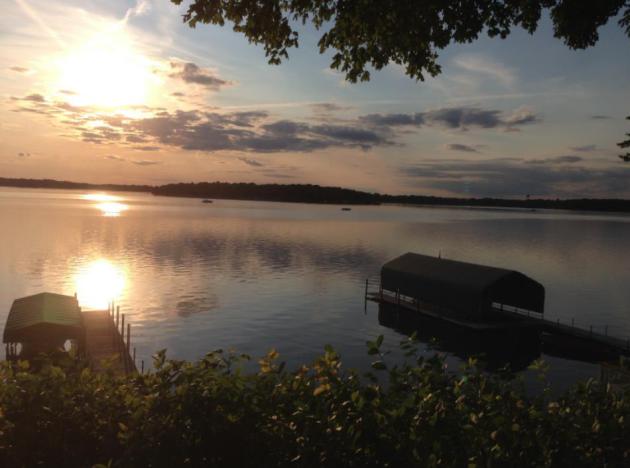
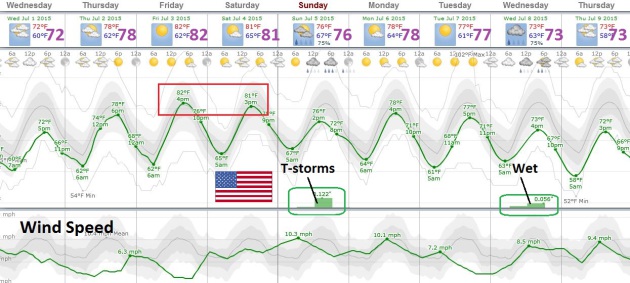
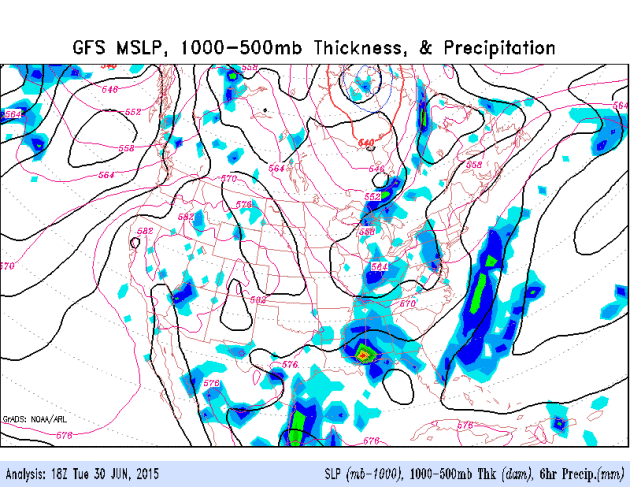
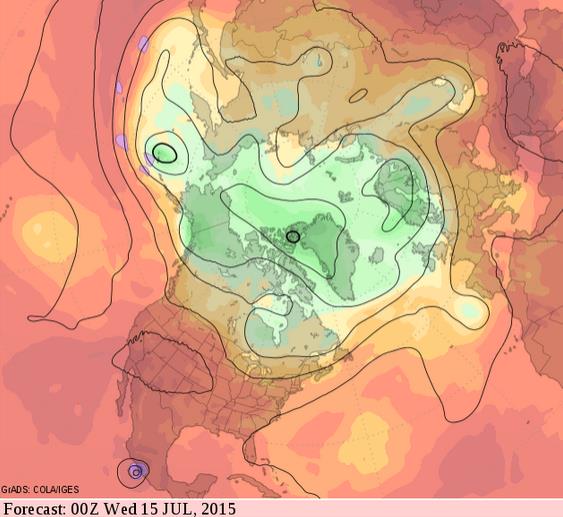

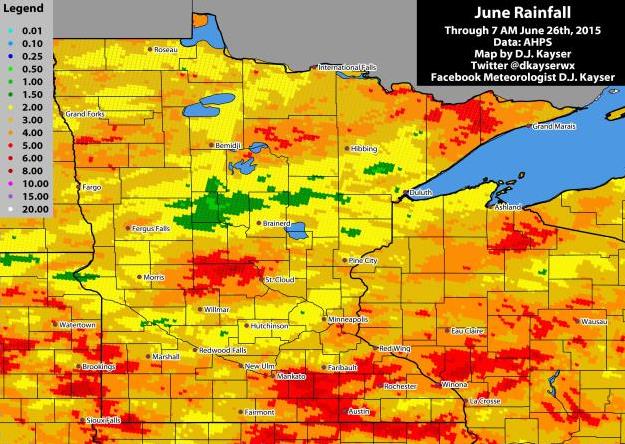
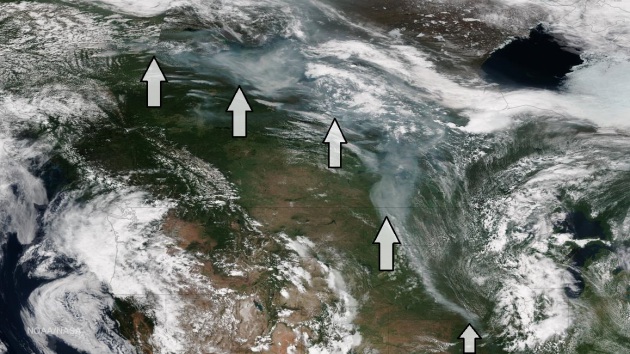
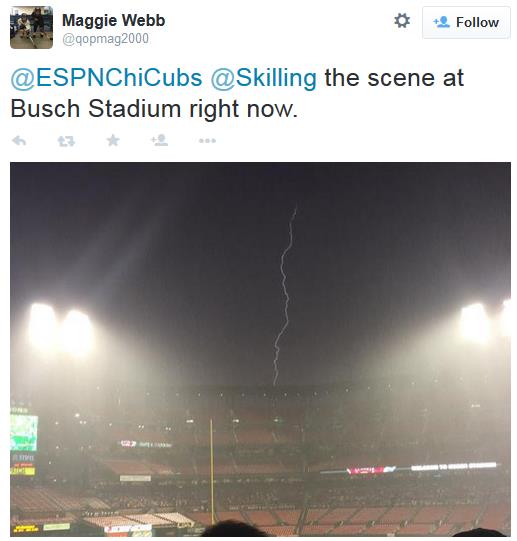
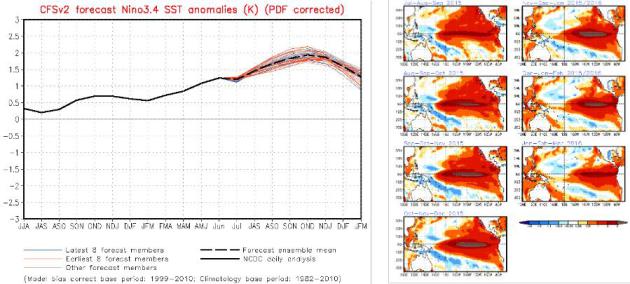

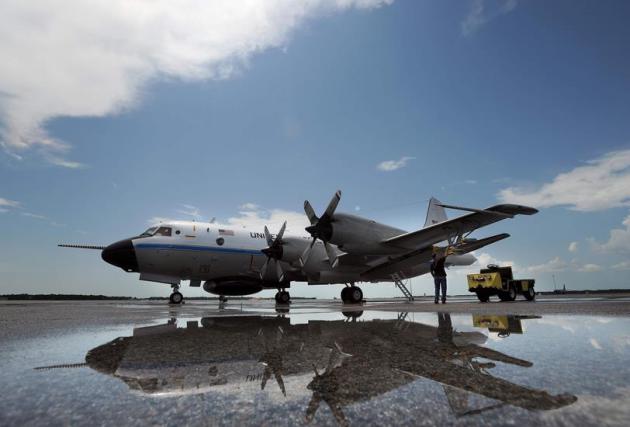

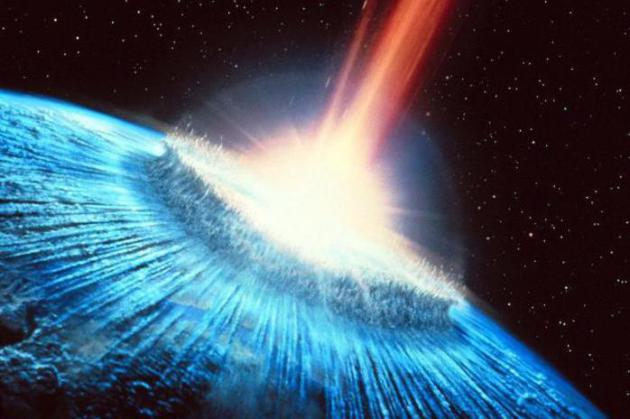
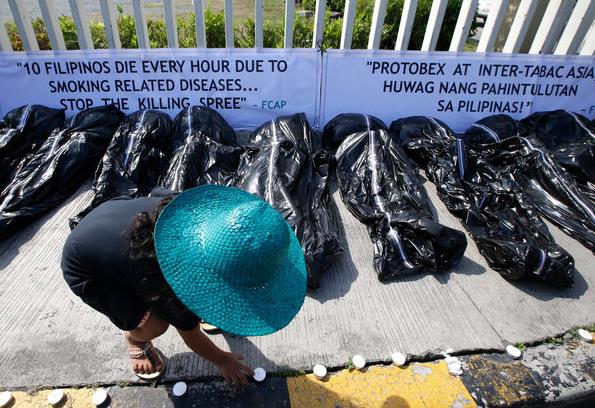
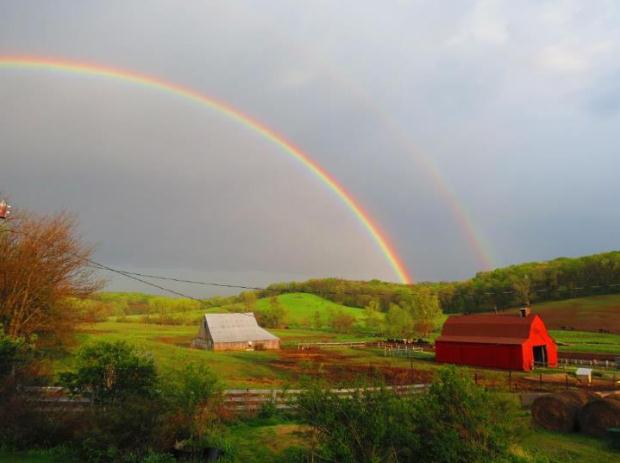
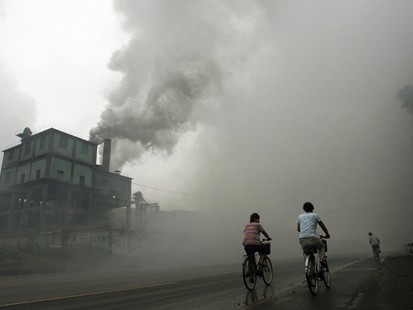
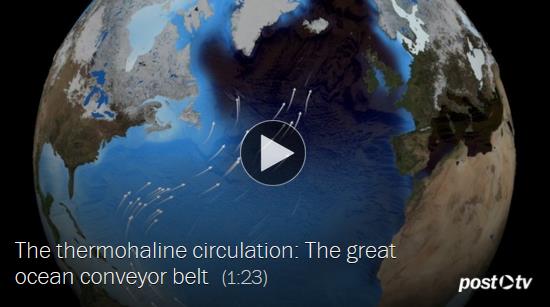
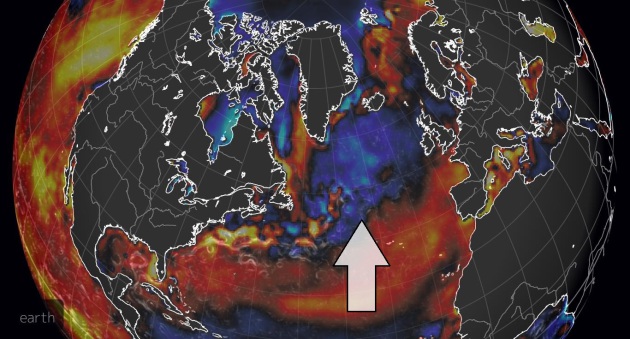
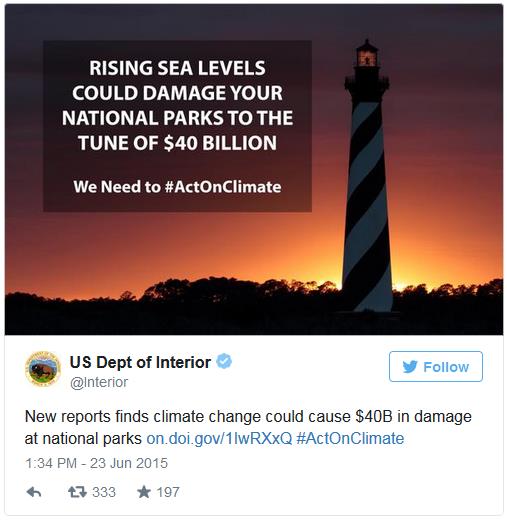
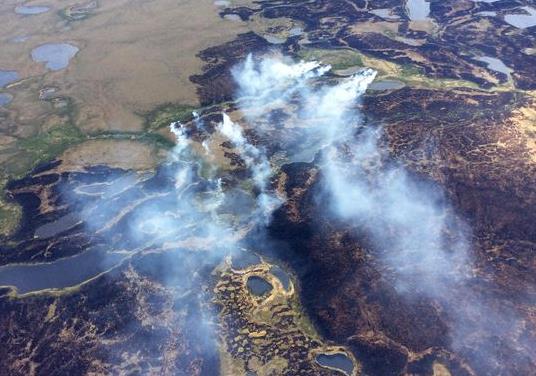

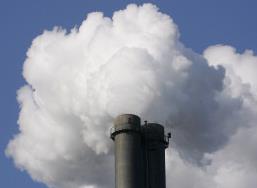



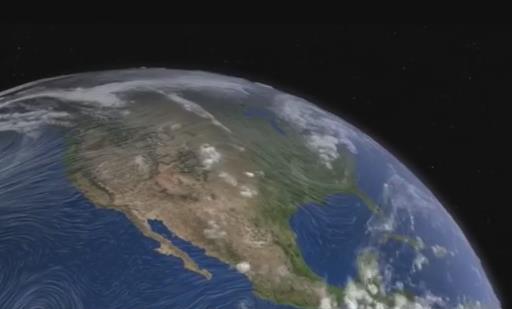
No comments:
Post a Comment